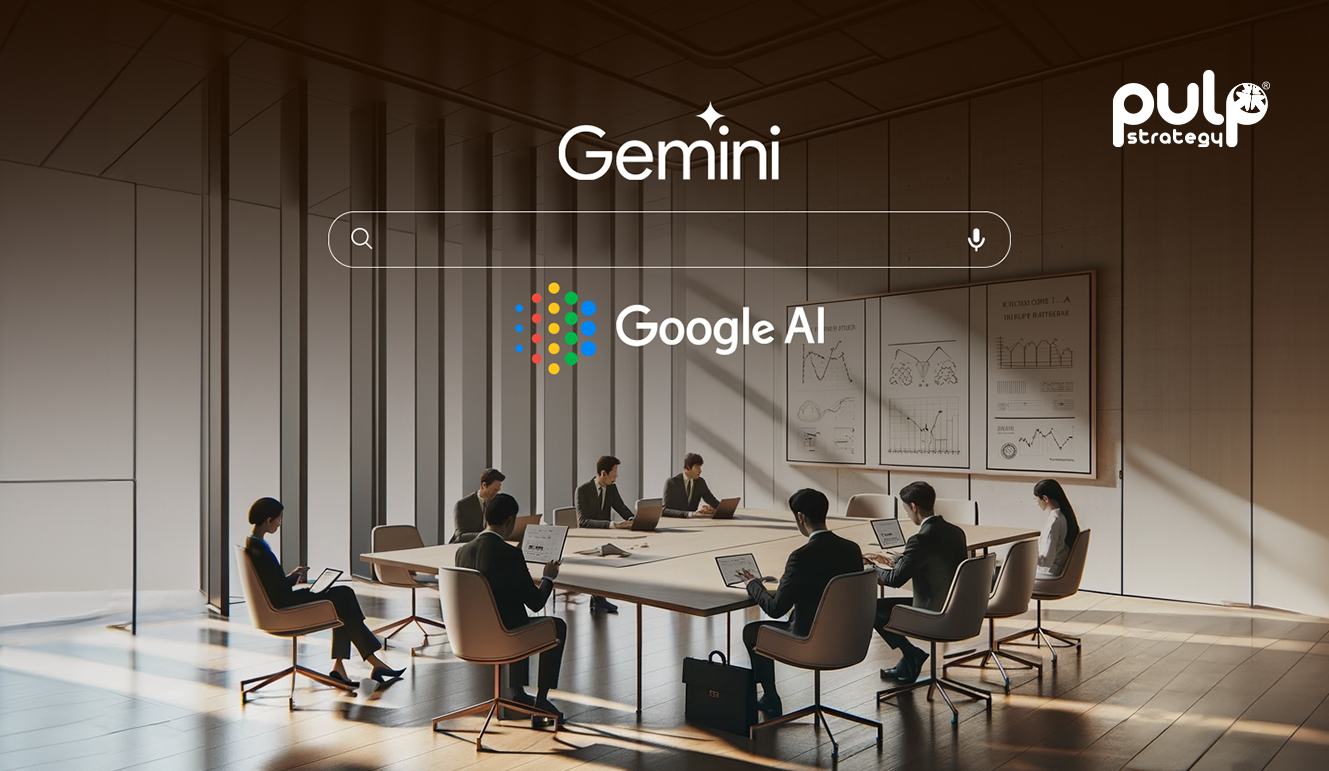What is a Marketing Funnel?
A Marketing Funnel is a way to visualize the process of converting potential leads into customers. A full-funnel marketing approach begins at the top of the funnel by spreading a wide net to capture as many leads as possible. As we progress down the funnel, it becomes narrower and marketing efforts become more focused, targeting the most qualified audience with the highest propensity to convert.
Varying Stages of Marketing Funnel
Funnel stages can vary based on the type of industry and marketing approach. They can be broken down in the following three stages:
Awareness: Generate substantial awareness and curiosity and influence consideration among new audiences of your brand.
Consideration: Brands can drive up brand consideration over competitors.
Conversion: Enables brands to encourage action whether it's an online sale, landing page form completion, or any other action.
What is Full-Funnel Marketing Approach?
Full-Funnel Marketing is an advanced marketing approach that doesn’t separate the “lead”, or sign-up stage from the rest of the website sales funnel. It considers every step of the funnel, from visitors to paying customers as a part of the marketing efforts. The Full-Funnel Marketing approach takes into consideration today’s technology abilities and marketers’ opportunities to impact each step of the funnel. It is now possible to optimize each step of the funnel by making data-driven decisions and handling people in each step as a different audience, who require different messaging, pricing, and targeting.
To simplify, imagine the process where customers are going through as a funnel. The first contact is the top of the funnel, which can be the first visit to a website, or a sign-up. Next is the middle of the funnel, which is the process people go through in the sales funnel, such as adding a payment method. Last is the bottom of the funnel, where the sales funnel ends. A Full-Funnel Marketing approach requires marketing teams to make the funnel as narrow as possible, enabling customers to reach the bottom of the funnel more easily.
A full-funnel marketing approach reaches potential consumers based on where they fall within the funnel. Because customers require a different approach at every stage of the funnel, it’s important to adjust marketing strategies accordingly. This strategic approach also carries over to the marketing tactics brands use for their campaign, as each tactic has a different objective and goal.
For Example:
Awareness: Tactics like online display, pre-roll video, and content marketing are great avenues for generating awareness and keeping brands in the audience's mind.
Consideration: Marketing tactics like paid search, email marketing, and social advertising help reinforce a particular brand while also ensuring brand visibility and discoverability as potential consumers are searching for products or services.
Conversion: Tactics like retargeting (site, click, search and video retargeting for example) aid in reinforcing and encouraging customer action.
Advantages of Full-Funnel Marketing Approach
Drive Brand Awareness: Brands can drive great awareness by leveraging videos. The type of assets brands use here will depend on the product or service being advertised and will require some thorough testing to make sure they do a good job telling the brand’s story to new custom audiences. A good approach could be to try user-generated content featuring people using the product or service, e.g. lifestyle-focused assets.
Drive On-Site Engagement: Using complimentary display creatives will go a long way for brands and they can continue the story from video-based creatives. Although each stage of the funnel may perform better with different creatives and CTAs, make sure to serve a consistent message to new audiences cross-platform. This can help brands expand their viewer base.
Pushing Viewers to Convert: Using very focused creatives will help brands to drive site visitors to convert. Employing a retargeting strategy to optimize the bidding and creative strategy will be crucial as well. Brands should make sure to sort out their attribution model to show the impact of the upper-funnel activity on lower-funnel activity.
How Can It Drive Higher Conversion Rates?
Once users are aware and have developed consideration for the brand, it is time to drive action with focused, clear Call-To-Actions. At this stage, the consumer is already aware of the brand and is in a ready-to-buy frame of mind. With the right communication strategy, the users can easily convert into customers from a prospect lead. The focus here is to make the final pitch and keep it straight forward with the brand’s product/service details and pricing. Some potential buyers might require the extra push in the form of a time-bound offers/discounted prices to make the final decision. In the last state of the funnel, brands should highlight why consumers should opt for their product/service instead of their competitor’s as part of the content strategy. It might also be interesting to segment different audience types based on demographics/behavior and show customers highly personalized content in this stage to drive the conversion.
By following a full-funnel, brands will be able to generate high-quality leads as the users have gone through the entire customer journey of awareness and consideration before purchasing or enquiring from the brand. This is especially important in industries such as Real Estate where the purchase cycle is relatively long, and consumers are continually researching options.
Successful advertising funnels use the above-mentioned channels to deliver messaging and resources that align with a prospect’s readiness to buy. Using the right mix of platforms and information improves lead quality, nurtures more leads toward a purchase, and ultimately lays the foundation for sustainable growth.
Click here to get in touch with our experts today.





